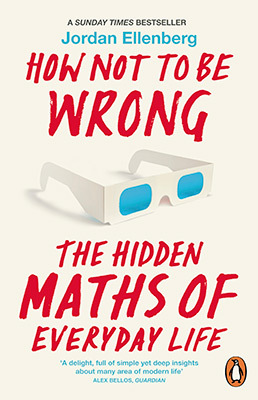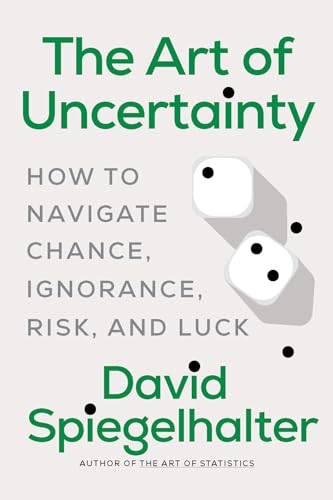
How Not to Be Wrong: The Hidden Maths of Everyday Life
Book Description
Math isn’t just for classrooms; it lies at the heart of every life decision. From lottery odds to medical risks, Jordan Ellenberg reveals the hidden mathematics shaping daily choices and misconceptions. With wit and clarity, he unveils how numbers can mislead or guide us, navigating through the labyrinth of statistics that influence everything from politics to personal finance. Discover how understanding these mathematical truths can empower you to dissect the world around you. What if grasping the power of math could transform not just how you think, but how you live?
Quick Book Summary
"How Not to Be Wrong: The Hidden Maths of Everyday Life" by Jordan Ellenberg explores the pervasive influence of mathematics on our daily decision-making. Ellenberg deftly reveals how mathematical concepts, from probability to regression, underlie everything from personal finance decisions to major public policies. Through relatable examples and accessible explanations, he dismantles misconceptions that arise from misused statistics and faulty reasoning. By demystifying math's complexity, he shows that critical, quantitative thinking offers tools to understand risks, avoid common fallacies, and lead smarter lives. This engaging book equips readers with practical strategies to see the world through a mathematical lens, ultimately empowering them to make better choices, challenge assumptions, and appreciate the hidden structures shaping reality.
Summary of Key Ideas
Table of Contents
Mathematical Thinking Beyond the Classroom
The book begins by challenging the notion that mathematics is solely an academic pursuit, highlighting its presence in everyday scenarios. Ellenberg introduces mathematical thinking as a powerful tool for interpreting the world, showing that even basic math concepts are deeply intertwined with how we make decisions, interpret information, and perceive patterns. By re-contextualizing math as a part of daily life, he encourages readers to see its relevance and necessity beyond the classroom.
Probability, Risk, and Decision-Making
Probability and risk are central themes, as Ellenberg demystifies the odds behind common experiences such as playing the lottery, assessing weather forecasts, and evaluating medical tests. He explains how intuitions about probability often lead us astray, prompting overestimations of rare risks or underappreciations of likely outcomes. By breaking down real-world examples, he demonstrates how understanding chance helps us make more rational decisions in the face of uncertainty.
Common Statistical Fallacies and Misconceptions
The author addresses widespread statistical misconceptions, using wit and real-life anecdotes to show how easily numbers can mislead. He provides clear explanations of concepts like correlation versus causation, regression to the mean, and the misuse of averages. These topics illustrate how easily we can fall victim to misleading claims in news, arguments, or advertising, often without realizing the mathematical errors that underlie them.
Mathematics in Public Policy and Everyday Life
Ellenberg further applies these mathematical principles to broader contexts, such as political polling, economic policies, and healthcare strategies. He illustrates how misinterpretation of data can have serious consequences on public policy and societal well-being. By dissecting policy decisions and public debates, he highlights the importance of mathematical literacy for informed citizenship and better collective outcomes.
Empowerment through Quantitative Reasoning
The book concludes with a call to harness the power of quantitative reasoning for personal and societal empowerment. Ellenberg emphasizes that while math can be complex, its core principles are accessible and invaluable for navigating the modern world. He urges readers to embrace a mathematically-informed perspective—questioning, analyzing, and reasoning systematically in their everyday lives. This mindset, he suggests, is the best defense against being misled and the surest path to sound judgment.
Download This Summary
Get a free PDF of this summary instantly — no email required.





